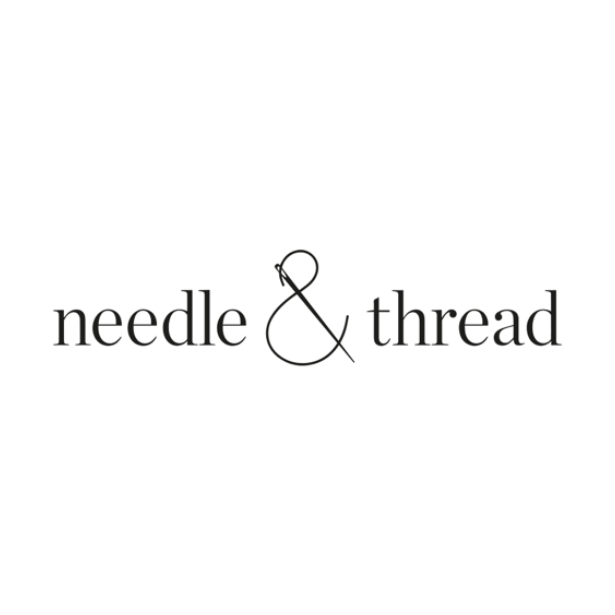THE LUXURY SUSTAINABILITY EXPERTS
From beauty, fashion and jewellery to premium drinks, interiors and travel, Positive Luxury helps businesses meet higher and higher standards, for people and nature. We work with over 200 global brands, retailers and suppliers, plus 100 partners to shape a sustainable future.
MEET THE REAL CHANGEMAKERSOur Clients
ONLY LUXURY
We are the leading sustainability experts for luxury. Since 2011, we have worked exclusively with luxury businesses, giving us unrivalled expertise and understanding of the unique sustainability challenges of each sector of the luxury industry
BESPOKE SERVICE
We know every luxury businesses ecosystem is different, and dependent on unique factors. So we tailor our products and unrivalled service to each business needs, depending on size, location, sector and purpose.
BUTTERFLY METHOD
From assessment through to full independently verified certification, at the core of our 4-part methodology is a world-leading framework built on the very highest international agreements, global frameworks and international standards, even future potential legislation
THE REAL CHANGEMAKERS
The Real Changemakers are a community of over 170 brands, retailers and suppliers meeting higher and higher standards for people and nature, transforming luxury, for the good of all.














































